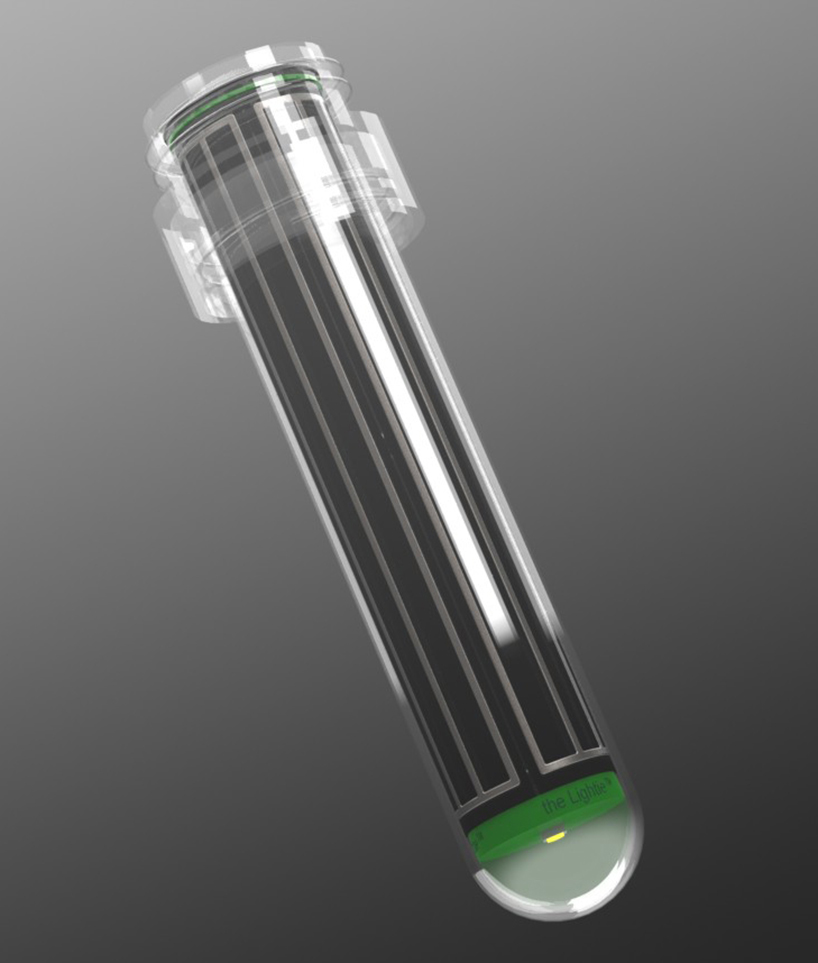
The Lightie™ by msuttner from south africa
designer's own words:
The Lightie™ is an extremely efficient, patent-pending, test-tube shaped solar powered “light bulb”. It is a Picosolar device, designed to bring affordable lighting to the predominantly impoverished masses worldwide that still use paraffin for their lighting needs. The Lightie’s innovative design has been crafted to screw on & fit flush through the mouth of a standard soda bottle 22mm in diameter, thus converting the bottle into a multi functional & waterproof solar powered lantern/task light. The elongated design of The Lightie™ (made from ABS) acts as a housing compartment to both the proprietary Photovoltaic panel (PV) & its rechargeable batteries, which store the energy of the Lightie™. The Lightie™ absorbs its energy from the sun via the CIGS PV panel, built in around the radial internal surface of the elongated tube. The main ideas of conceptualising a PET bottle for the structure of the Lightie™, was two fold. Firstly to shave off additional material related costs in the manufacturing process & secondly I see the Lightie™ as having potential co-branding synergy benefits with brands such as Coke/Pepsi.
The axial end/tip point of the Lightie™ housing contains a highly efficient 300 lumen CREE LED which is capable of outputting up to more that ten times the brightness of even the best paraffin lanterns. By Leaving the Lightie™ outside during the day, its proprietary cylindrical PV panel absorbs the suns rays, which in turn charges the batteries that in turn stores the energy for use in powering up the LED on demand, when light is needed. End users can expect to get 3hrs of light on the bright setting (300 lumens) and around 6-8hrs of light on the low setting (120 lumens). The Lightie™ only needs 5-8 hours of sun to fully charge and can even charge in overcast and rainy conditions.
The Lightie™ is an invention, which I hope, will soon lead the brewing Picosolar revolution and become a real-world contender as a truly complete replacement to paraffin based lighting solutions. Every year fumes and fires from paraffin based lighting ‘solutions’ kill approximately 1.5 million people world-wide, mostly women & children. Millions more suffer from emphysema and other respiratory diseases, yet these “dirty lighting” solutions remain the go-to choice because of their short-term 'affordability factor’ and availability. Right now, Africa is ripe for a Picosolar revolution. The figures speak for themselves, according to Patrick Avato director of the Lighting Africa program, 'Africans alone spend $10 billion a year on kerosene, and there are more than 600 million people without electricity,' he says. According to figures from the International Energy Agency, at least 20% of the planet's inhabitants are still without the simple luxury of a light-switch.
From the shantytowns of Sub-Saharan Africa to the sprawling slums of the Indian sub-continent, night-time brings with it a noxious ritual of candles, gas lamps and open fires. "Fuel-powered light is dangerous, polluting, expensive and dim," says Dr Evan Mills, founder of the Lumina Project, an initiative that promotes low-carbon alternatives to fuel-based lighting in the developing world.
The Lightie™ by itself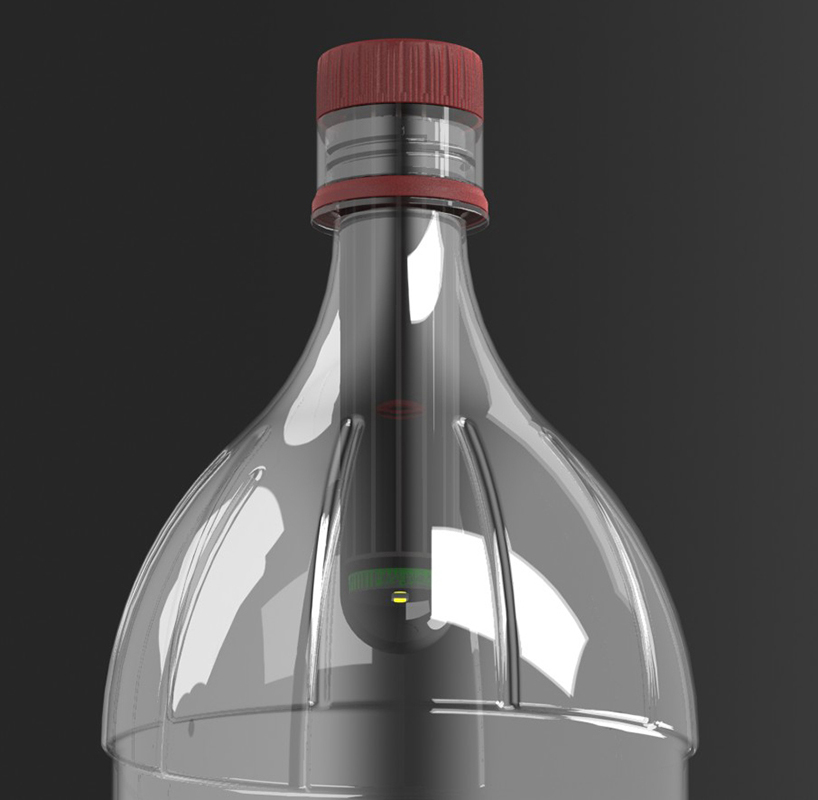
The Lightie™ in a bottle close up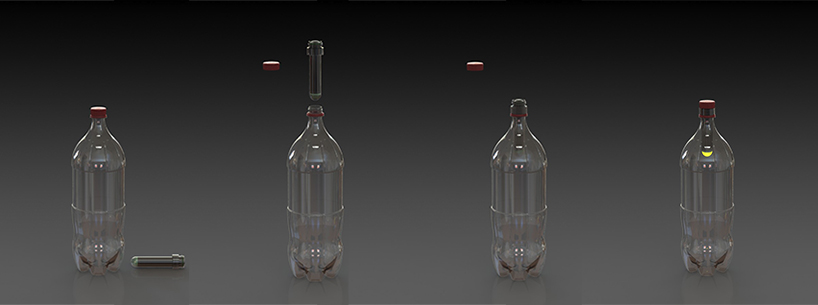
Sequence of the Lightie™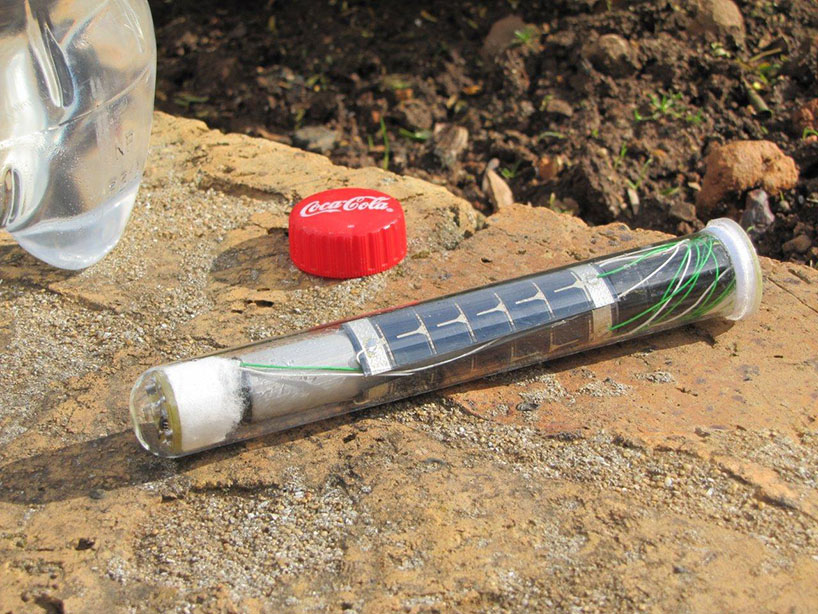
Proof of concept Lightie™ charging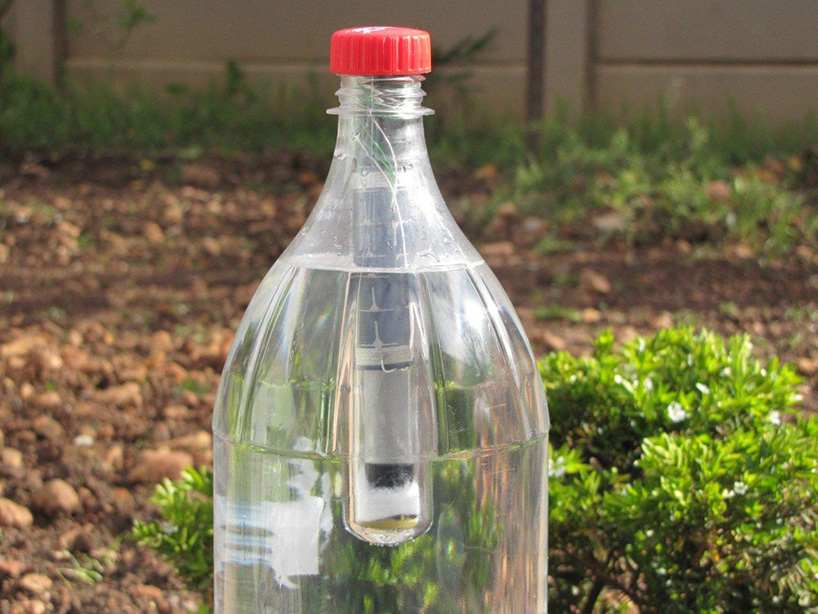
Testing prototype refraction with water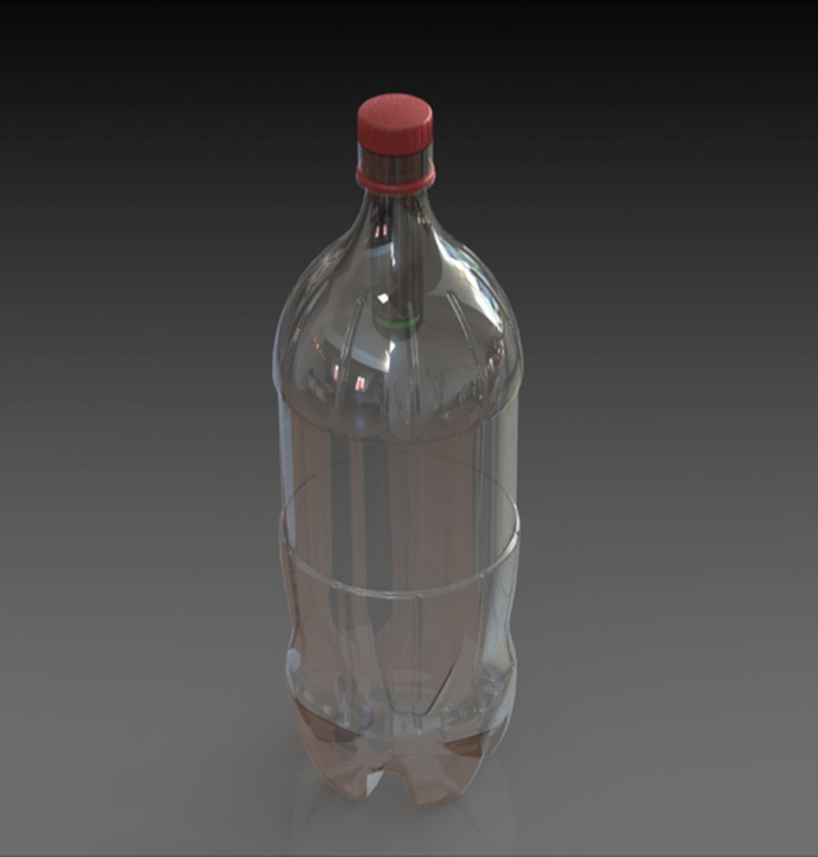
The Lightie™ in a bottle raised angle